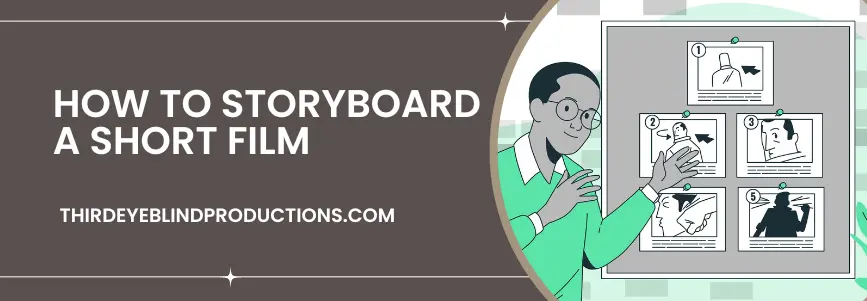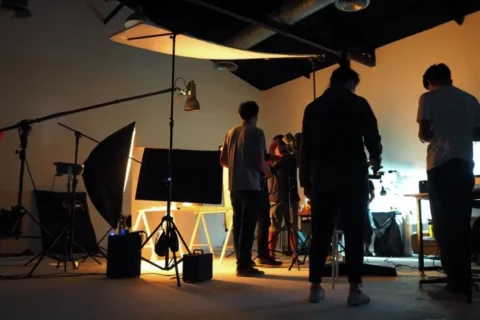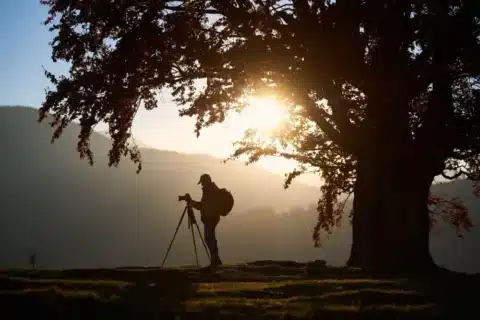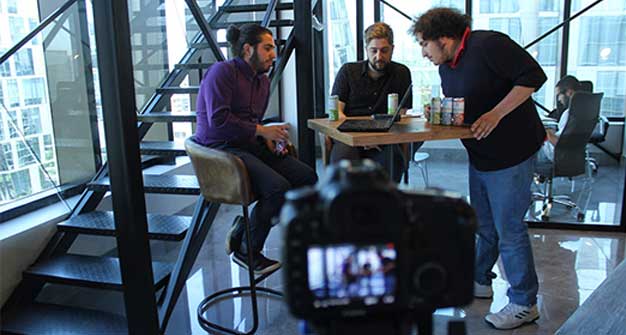Introduction
Are you ready to take your business to the next level? Then listen up, because we’re about to let you in on a little secret: video content is the key to success. That’s right, folks – in today’s digital age, video is king. With more and more consumers turning to video for information and entertainment, businesses of all kinds are starting to realize the importance of incorporating video into their marketing strategies. But not just any video will do. If you really want to make an impact and stand out from the competition, you need high-quality video content that truly wows your audience. That’s where professional video production comes in.
In this blog, we’re going to explore why high-quality video production matters for businesses, and how it can help you boost your brand, engage your audience, and take your marketing efforts to the next level. So, grab a cup of coffee and get ready to discover why investing in professional video production is a smart move for your business.
What a Professional Video Production Company Can Offer
Now that we’ve established the importance of high-quality video production for businesses, let’s talk about what a professional video production company can offer.
Equipment and technology
First and foremost, a professional video production company has access to the latest equipment and technology. From high-end cameras to cutting-edge editing software, these companies invest in the best tools available to ensure that your videos look and sound amazing. This means that you don’t have to worry about the technical details – you can leave it to the experts.
Expertise and experience

But it’s not just about the equipment. A professional video production company also brings a wealth of expertise and experience to the table. These companies have a team of skilled professionals who have spent years honing their craft. They know what works and what doesn’t when it comes to video production, and they can offer valuable insights and advice to help you create videos that achieve your goals.
Whether you’re looking to create a brand video, a product demo, or a social media ad, a professional video production company can help you achieve your vision. They have the expertise to craft compelling narratives, the technical know-how to capture stunning visuals, and the creative flair to make your videos stand out from the crowd.
And let’s not forget about the post-production process. Editing and post-production are critical components of video production, and a professional video production company has the skills and tools to ensure that your videos are polished and professional. From color grading to sound mixing, these companies can take your raw footage and turn it into a masterpiece.
Benefits of Hiring a Professional Video Production Company
Now, let’s have a look at how one can be benefited by hiring a Professional Video Production Company.
Brand Image
First up, let’s talk about your brand image. We all know that first impressions count, and in the fast-paced world of business, you need to make sure your brand stands out. By working with a professional video production company, you can be sure that your videos will look and sound amazing, conveying a sense of authority and professionalism that can help set you apart from the competition. Plus, with high-quality videos that showcase your brand in the best possible light, you can build trust and loyalty with your audience over time.
Audience Engagement
Speaking of your audience, let’s talk about viewer engagement. It’s no secret that video content is one of the most effective ways to capture and hold people’s attention. With engaging visuals and compelling narratives, a well-produced video can keep viewers hooked from start to finish, which can lead to better retention rates and higher conversion rates. So, by working with a professional video production company, you can create videos that really pack a punch, leaving your audience hungry for more.
But it’s not just about making a splash – a professional video production company can also help you achieve your specific business goals. Whether you’re looking to boost brand awareness, generate leads, or drive sales, a professional video production company has the skills and expertise to craft videos that are tailored to your needs. They can help you develop a video marketing strategy that aligns with your overall business objectives, ensuring that every video you produce has a clear purpose and delivers real results.
Time and money
Last but not least, let’s talk about time and money. Producing high-quality videos can be a time-consuming and expensive process, especially if you don’t have the expertise or resources in-house. By outsourcing your video production needs to a professional company, you can free up your team’s time and resources to focus on other important aspects of your business. Plus, with a professional video production company, you can be sure that you’re getting the most bang for your buck, with access to the latest equipment and technology, and a team of skilled professionals who know how to get the job done right.
In summary, hiring a professional video production company is a smart move for any business looking to take its video content to the next level. From improving your brand image to boosting viewer engagement, the benefits are clear.
Examples of Successful Video Production Projects
Firstly, let’s talk about case studies. Many businesses have seen impressive results from their video marketing efforts, and there are plenty of case studies out there to prove it. For example, a software company might produce a video showcasing the benefits of its product, which leads to a significant increase in sales. Or a non-profit might produce a video that goes viral, raising awareness and funds for their cause. By working with a professional video production company, you can tap into the same potential for success and achieve your own business goals.
Real-life case studies

Here are a few examples of real-life case studies that showcase the benefits of hiring a professional video production company:
Airbnb
In 2015, Airbnb partnered with a video production company to create a series of short videos showcasing different destinations around the world. These videos were highly successful, generating millions of views and helping to increase brand awareness and engagement among potential customers.
Dollar Shave Club
In 2012, Dollar Shave Club created a viral video that showcased its subscription service in a humorous and irreverent way. The video was produced by a professional video production company and helped to launch the company into the mainstream, leading to increased sales and a successful acquisition by Unilever in 2016.
HubSpot
HubSpot is a marketing software company that has leveraged the power of video content to engage its audience and drive sales. The company has worked with professional video production companies to create a range of content, from explainer videos to customer testimonials, which have helped to increase brand awareness and attract new customers.
Red Bull
Red Bull is well-known for its adventurous and extreme marketing campaigns, and the company has worked with professional video production companies to bring these campaigns to life. From skydiving stunts to extreme sports events, Red Bull’s video content has helped to create a unique and memorable brand image that resonates with its target audience.
Blendtec
In 2006, Blendtec created a series of viral videos called “Will It Blend?” that featured the company’s founder blending various objects, such as an iPhone and a rake handle, in a Blendtec blender. The videos were produced by a professional video production company and became a huge hit, helping to increase sales and brand awareness for the company.
Cisco
Cisco is a technology company that has used video content to showcase its products and services in a clear and engaging way. The company has worked with professional video production companies to create a range of content, from product demos to customer success stories, which have helped to increase brand awareness and drive sales.
To conclude, there are countless examples of successful video production projects out there, from big-budget campaigns to small-scale improvements. By partnering with a professional video production company, you can tap into this potential for success and create videos that really make an impact. So, whether you’re looking to build your brand, engage your audience, or achieve specific business goals, a professional video production company can help you get there.
How to Choose the Right Video Production Company
First off, let’s talk about some key factors to consider when choosing a video production company. These might include things like the company’s experience and expertise, the quality of its equipment and technology, its portfolio of past projects, and its pricing and delivery timelines. You’ll want to do your research and take the time to compare different companies, weighing the pros and cons of each.
Once you’ve narrowed down your list of potential video production companies, it’s time to start asking some questions. Here are a few to get you started:
- What is your process for creating a video from start to finish?
- What kind of equipment and technology do you use?
- Can you provide examples of past projects that are similar to what we’re looking for?
- What is your pricing structure, and what is included in that price?
- What is your turnaround time for delivering the finished video?
- Can you work with our specific needs and constraints, such as a certain budget or timeline?
- What kind of support and communication can we expect throughout the production process?
- By asking these and other questions, you can get a better sense of each company’s capabilities and determine which one is the best fit for your business.
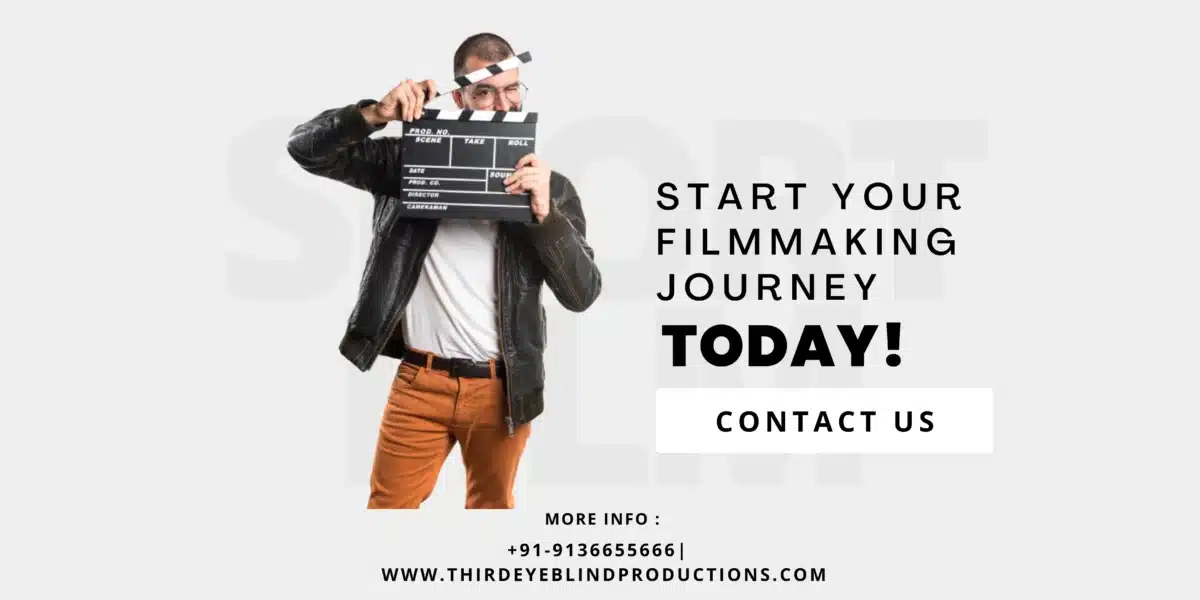
Conclusion and Final Thoughts
In conclusion, video content is more important than ever, and partnering with a professional video production company can help you create high-quality videos that engage your audience and achieve your business goals. By investing in the right equipment and technology, as well as the expertise and experience of a professional team, you can produce videos that stand out from the competition and make a real impact.

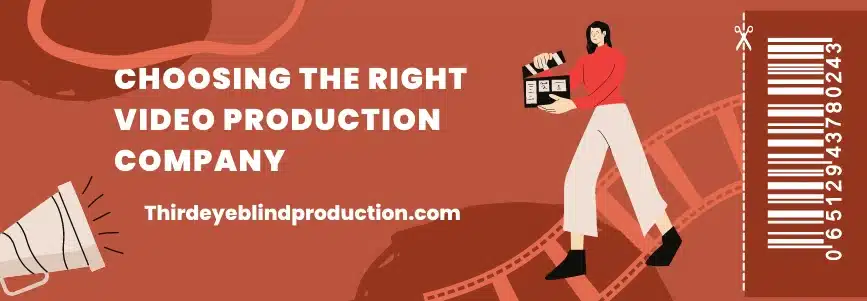
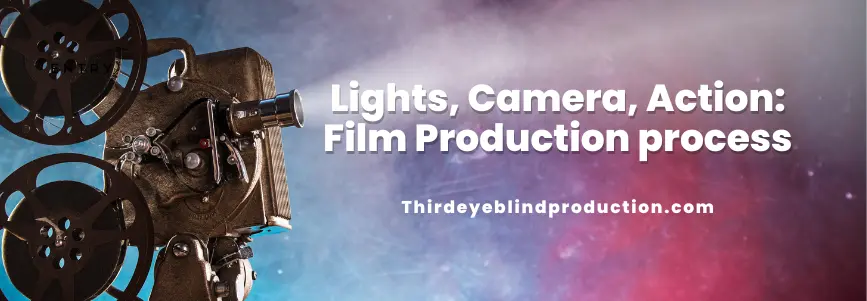


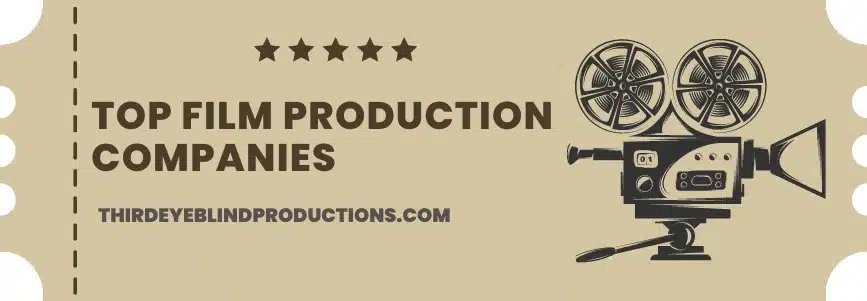
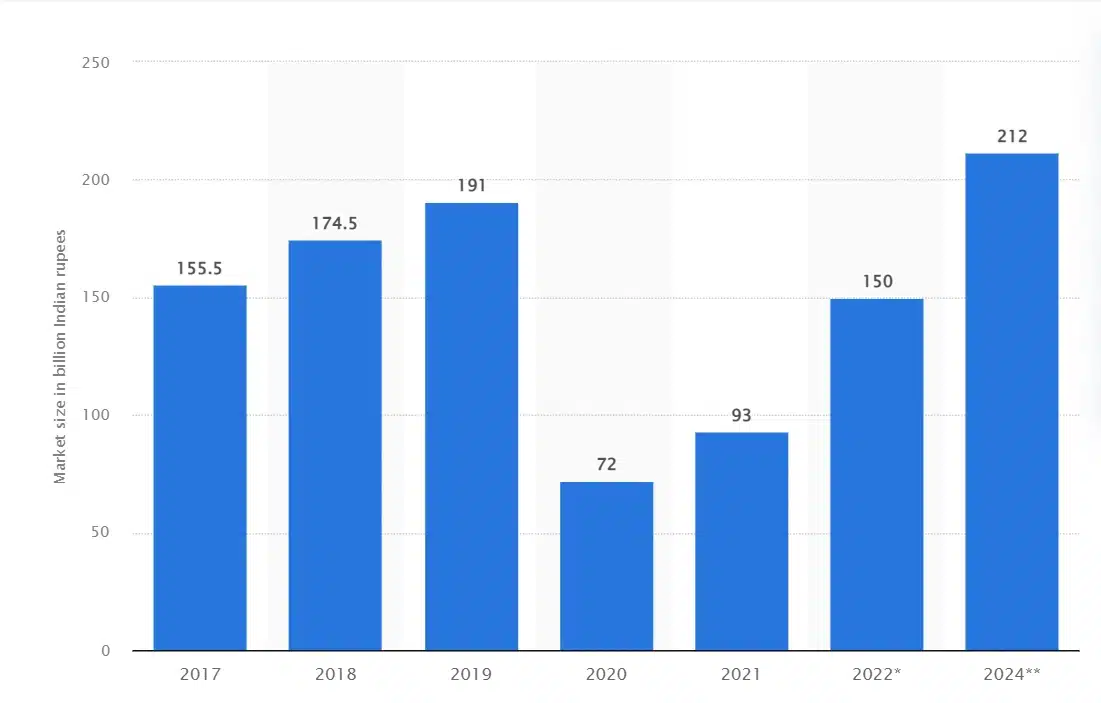
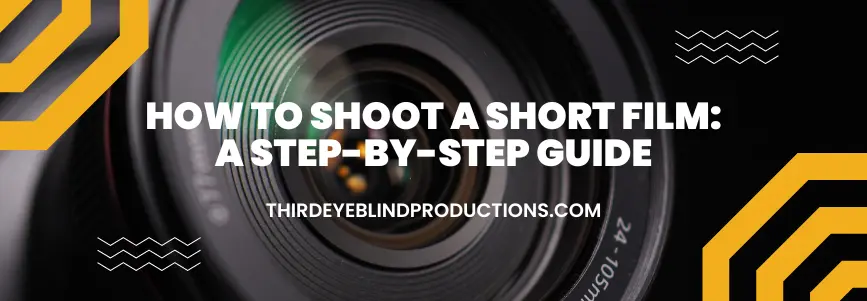

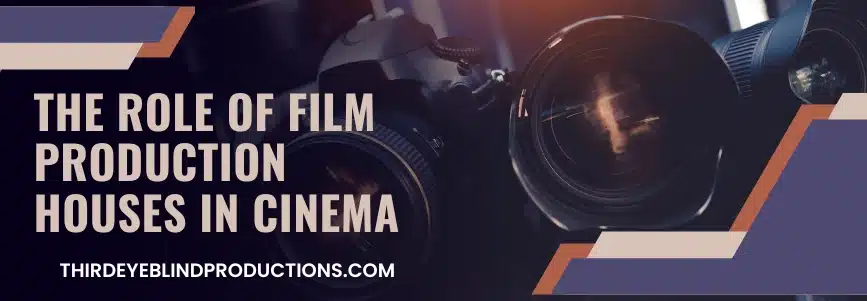

 The production house is responsible for ensuring that the film shoots on schedule and within budget during the production phase of the project. Other resources needed to complete the shoot may be provided by them, such as equipment, set design, and other resources.
The production house is responsible for ensuring that the film shoots on schedule and within budget during the production phase of the project. Other resources needed to complete the shoot may be provided by them, such as equipment, set design, and other resources.


